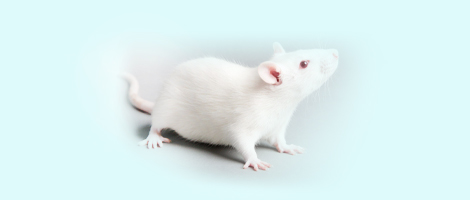[1] Wille S, Tenholte D, Cornely OA, et al.Prediction of overactive bladder treatment outcome by using long-term urodynamics[J]. Urologe A, 2014, 53(12):1812-1814.
[2] Hughes FM Jr, Hill HM, Wood CM, et al.The NLRP3 inflammasome mediates inflammation produced by bladder outlet obstruction[J]. J Urol, 2016, 195(5):1598-1605.
[3] Kim HS, Park WJ, Park EY, et al.Role of nicotinic acetylcholine receptor 〈3 and 〈7 subunits in detrusor overactivity induced by partial bladder outlet obstruction in rats[J]. BMC Urol, 2015, 19(1):12-18.
[4] Kim SE1, Shin MS, Kim CJ, et al. Effects of tamsulosin on urinary bladder function and neuronal activity in the voiding centers of rats with cyclophosphamide-induced?overactive bladder[J]. Int Neurourol, 2012, 16(1):13-22.
[5] 那彦群, 叶章群. 中国泌尿外科疾病诊断治疗指南(2014版)[M]. 北京:人民卫生出版社, 2013:330-340.
[6] Irwin DE, Kopp ZS,Acatep B, et al.Worldwide prevalence estimates of lower urinary tract symptoms, overactive bladder, urinary incontinence and bladder outlet obstruction[J]. BJU Int, 2011, 108(7):1132-1138.
[7] Hashitani H, Brading AF, Suzuki H.Correlation between spontaneous electrical, calcium and mechanical activity in detrusor smooth muscle of the guinea-pig bladder[J].Pharmacol, 2014,141(1):183-193.
[8] McHale N, Hollywood M, Sergeant G, et al. Origin of spontaneous rhythmicity in smooth muscle[J]. Physiol, 2006, 570(1):23-28.
[9] Iacovelli V, Topazio L, Gaziev G, Bove P, et al.Intravesical glycosaminoglycans in the management of chronic cystitis[J]. Minerva Urol Nefrol, 2013, 65(4):249-262.
[10] Hannan TJ, Mysorekar IU, Hung CS, et al.Early severe inflammatory responses to uropathogenic E. coli predispose to chronic and recurrent urinary tract infection[J]. PLoS Pathog, 2010, 6(8):1797-1798.
[11] 吴新华, 石明, 刘述成,等. 小鼠急慢性细菌性膀胱炎模型的制备[J]. 中华实验外科杂志, 2014, 31(6):1365-1366.
[12] Johnston L, Carson C, Lyons AD, et al.Cholinergic-induced Ca2+ signaling in interstitial cells of Cajal from the guinea pig bladder[J]. Am J Physiol Renal Physiol, 2008, 294(3):645-655. |






